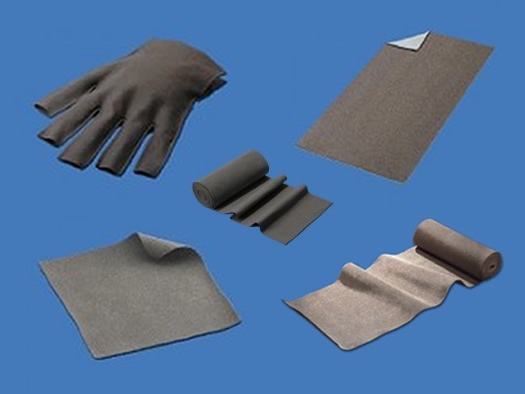Prospective, randomized controlled study of the efficacy of silver coated nylon dressing plus active sham microcurrent for healing autogenous skin donor sites
Protocol
- Location: Army burn unit in Fort Sam Houston, Texas
Burn injuries account for up to 20% of conventional combat casualties, and expose their victims to infection, organ dysfunction, and severe dehydration. The efficacy of direct microcurrent in combination with an FDA-approved silver nylon dressing is evaluated in the treatment of skin donor sites for partial thickness thermal injuries.
Objective
Burn injuries pose a continuous threat to the military community. The ever-present threat of thermal injuries to military personnel makes them common, accounting for up to 20% of conventional warfare casualties. Silver coated wound dressings have been shown to reduce bacterial growth, limit nosocomial infection, and reduce the frequency of secondary bacteremia; the application of microcurrent and silver nylon has promising clinical implications.
Research design
This single-center, prospective, randomized sham-controlled study (n=30) will evaluate the efficacy of a silver-coated dressing with active or sham microcurrent on wound-closure time for autogenous skin donor sites.
Methodology
The primary endpoint is wound-closure time, defined as re-epithelialization of 90% or more of wound surface. Dressings will be checked at least once per day beginning 24 hours after surgery while the patient is hospitalized, and thereafter at the discretion of the surgeon, until healing occurs. Secondary endpoints include pain and infection. Exploratory assessments of clinical outcomes, including inflammation and pain medication (type, dosage, route, and timing) will also be conducted.
Outcome
This research project was started under the FAIM umbrella and has been transferred to another institution for completion.
References
- Eisenberg, DM, et al. Trends in alternative medicine use in the United States, 1990-1997: results of a follow-up national survey. JAMA, 1998. 280: p. 1569-1575.
- McEachrane-Gross, FP, Liebschutz, JM, and Berlowitz, D. Use of selected complementary and alternative medicine (CAM) treatments in veterans with cancer or chronic pain: a cross-sectional survey. BMC Complement Altern Med, 2006. Oct 6(6): p. 7.
- Baldwin, CM, et al. A profile of military veterans in the southwestern United States who use complementary and alternative medicine: implications for integrated care. Arch Intern Med, 2002. 162(15): p. 1697-704.
- Smith, TC, et al. Complementary and alternative medicine use among US Navy and Marine Corps personnel. BMC Complement Altern Med, 2007. 7(16): p. 9.
- Cheng, N, et al. The effects of electric currents on ATP generation, protein synthesis, and membrane transport of rat skin. Clin Orthop Relat Res, 1982 171: p. 264-272.
- McMakin, CR. Microcurrent therapy: A novel treatment method for chronic low back myofascial pain. J Bodywork Move Ther, 2004. 8: p. 143-153.
- McMakin, C. Microcurrent treatment of myofascial pain in the head, neck and face. Top Clin Chiro, 1998. 5(1): p. 29-35.
- McMakin, CR, Gregory, WM, and Phillips, TM. Cytokine changes with microcurrent treatment of fibromyalgia associated with cervical spine trauma. J Bodywork Move Ther, 2005. 9: p. 169-176.
- Conine, TA, Hershler, C, Alexander, SA, and Crisp, R. The efficacy of Farabloc in the treatment of phantom limb pain. Canadian Journal of Rehabilitation, 1993. 6(3): p. 155-161.
- Zhang, J, Clement, D, and Taunton, J. The efficacy of Farabloc, an electromagnetic shield, in attenuating delayed-onset muscle soreness. Clin J Sport Med, 2000. 10(1): p. 15-21.
- Bach, GL and Clement, DB. Efficacy of Farabloc as an analgesic in primary fibromyalgia. Clin Rheumatol, 2007. 26(3): p. 405-410.
- UNAIDS, 2006 Report on the Global AIDS Epidemic. 2006: Geneva. p. 1-629.


